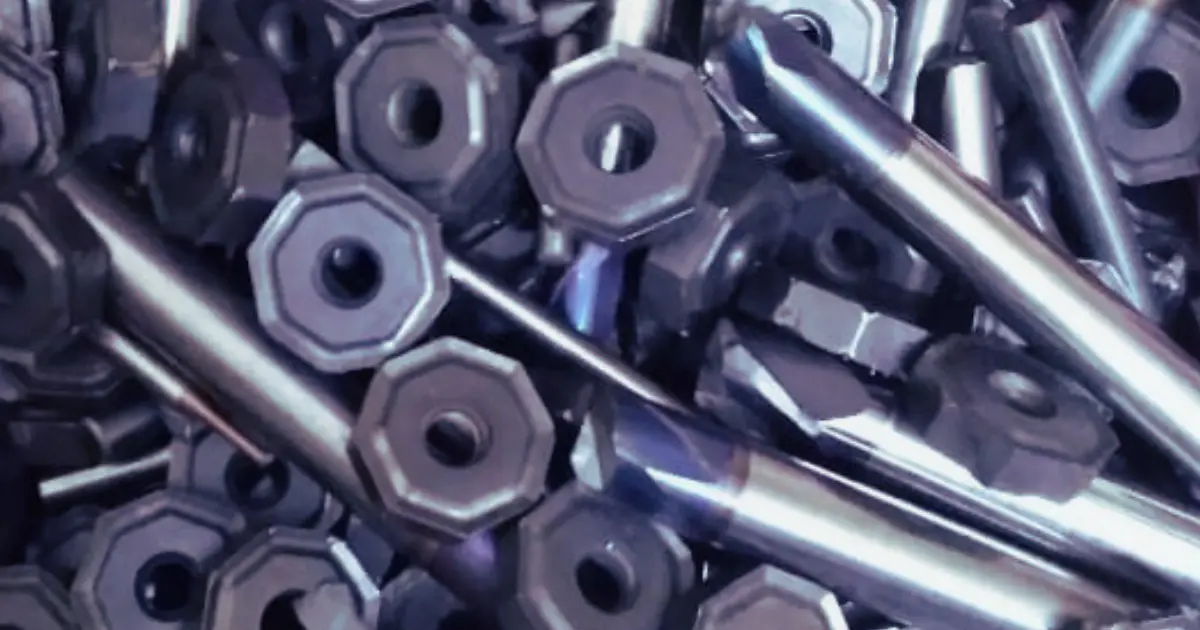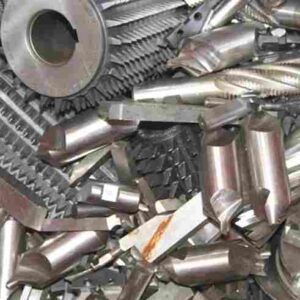Scrap Price
Table of Contents
carbide scrap price

carbide scrap inserts image
How to Get the Best Value of Carbide Scrap?
Carbide scrap is a metal scrap that is left over from the production of carbide tools and inserts. Carbide is a hard and durable material that is commonly used in cutting and drilling tools, as well as in wear-resistant parts for machinery and equipment. When carbide tools and inserts become worn or damaged, they can be recycled and turned into carbide scrap.
Three Factors that Influence Carbide Scrap Prices are
- Quality of the Material
- Quantity of the Material
- Market Conditions/ Demand & Supply
Recycling Process of carbide metal: The recycling process used to extract the tungsten carbide from the carbide scrap can also affect its price. Some recycling methods are more efficient than others and can produce higher-quality tungsten carbide that is more valuable.
How to Get the Best Value for Your Carbide Scrap
Find a Reputable Buyer: When selling your carbide scrap, it’s important to find a reputable buyer of carbide scrap who will offer you a fair price for your material.
Separate High-Quality Carbide Scrap: If you have different grades of carbide scrap, separate the high-quality material from the lower-quality material. This will allow you to get the best price for your high-quality carbide scrap.
Clean and Sort Your Carbide Scrap: Clean and sort your carbide scrap before selling it. This will make it easier for the buyer to assess the quality of your material and may result in a higher price.
Conclusion: Carbide is a valuable material that can be recycled and turned into new products. If you have carbide scrap that you want to sell, it’s important to understand the factors that influence its price and how to get the best value for your material. By following the tips in this article, you can maximize the value of your carbide scrap and get the most money for your material.
Hss scrap price

Hss scrap image
Definition of High-Speed Steel (HSS) Scrap:
HSS is a type of tool steel that is made from a combination of several different metals, including tungsten, molybdenum, chromium, and vanadium. HSS is known for maintaining its hardness at high temperatures, making it ideal for cutting tools and other high-speed applications.
Importance of HSS Scrap in Manufacturing:
HSS scrap is an important resource in manufacturing because it can be used to create new tools and machine parts. By recycling HSS scrap, manufacturers can reduce their reliance on virgin materials and conserve natural resources. Additionally, recycling HSS scrap can be a cost-effective alternative to purchasing new materials.
Properties of Hss scrap
HSS scrap has several unique properties that make it desirable for use in cutting tools and other industrial applications.
This section will cover the chemical composition, physical characteristics, and mechanical properties of HSS scrap.
Chemical Composition: The chemical composition of HSS scrap varies depending on the specific alloy. However, most HSS scrap contains a combination of tungsten, molybdenum, chromium, and vanadium, with smaller amounts of other metals, such as carbon and cobalt.
Physical Characteristics: HSS scrap is typically hard and dense, with a metallic grey colour. It can be found in a variety of shapes and sizes, including solid bars, tubes, and drill bits.
Mechanical Properties: HSS scrap is known for its ability to maintain its hardness at high temperatures, making it ideal for use in high-speed cutting tools. Additionally, HSS scrap has high wear resistance and toughness, making it durable and long-lasting.
Nickel scrap price
Factors can help you make informed decisions
- Global Demand and Supply
- A balance between global demand and supply of nickel scrap is a fundamental driver of its price.
- Increased demand from industries such as stainless steel production, batteries, and aerospace can lead to higher prices. Conversely,
- A surplus in supply or a Decrease in demand can exert downward pressure on Lower nickel scrap prices.
- Economic Conditions
- Economic conditions, both globally and regionally, can significantly impact the price of nickel scrap.
- During periods of economic growth, industries thrive, leading to increased demand for nickel-based products and subsequently driving up the costs of nickel scrap.
- Conversely, economic downturns can weaken demand and result in lower prices of nickel scrap.
- Exchange Rates
- Exchange rates play a crucial role in determining the competitiveness of nickel scrap prices in international markets.
- Fluctuations in exchange rates between currencies can influence the affordability of nickel scrap imports and exports, affecting its price.
- Nickel Market Speculation
- Speculation in the nickel market can lead to price volatility.
- Traders and investors closely monitor market trends, geopolitical events, and macroeconomic indicators to anticipate future price movements.
- Speculative activities can cause rapid price fluctuations in the short term.
- Environmental Regulations
- Environmental regulations and sustainability initiatives significantly impact the scrap metal industry, including nickel scrap.
- Stricter regulations and increased focus on sustainable practices can influence the supply chain and processing costs, potentially affecting the price of nickel scrap.
Contact us; –
- Phone: 880-068-2586
- Email: info@bansalcaribidebuyer.com
- Address: 42, 3, Dasna Marg, Jatwara, Naya Ganj, Ghaziabad, Uttar Pradesh 201001
